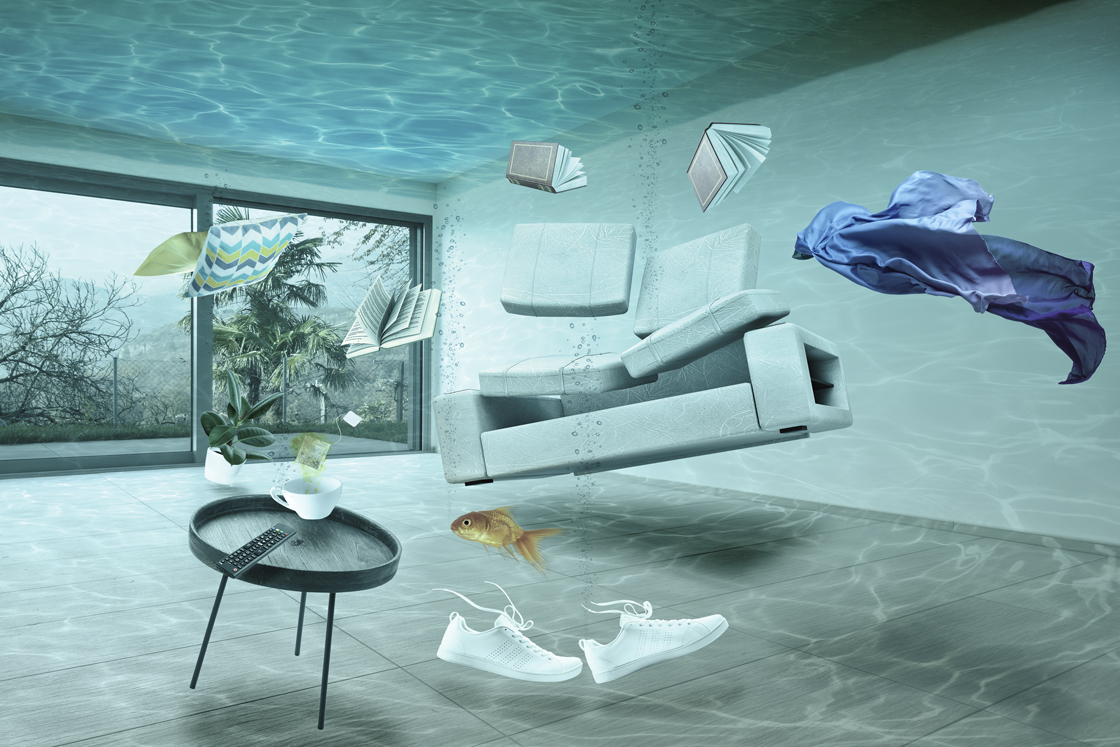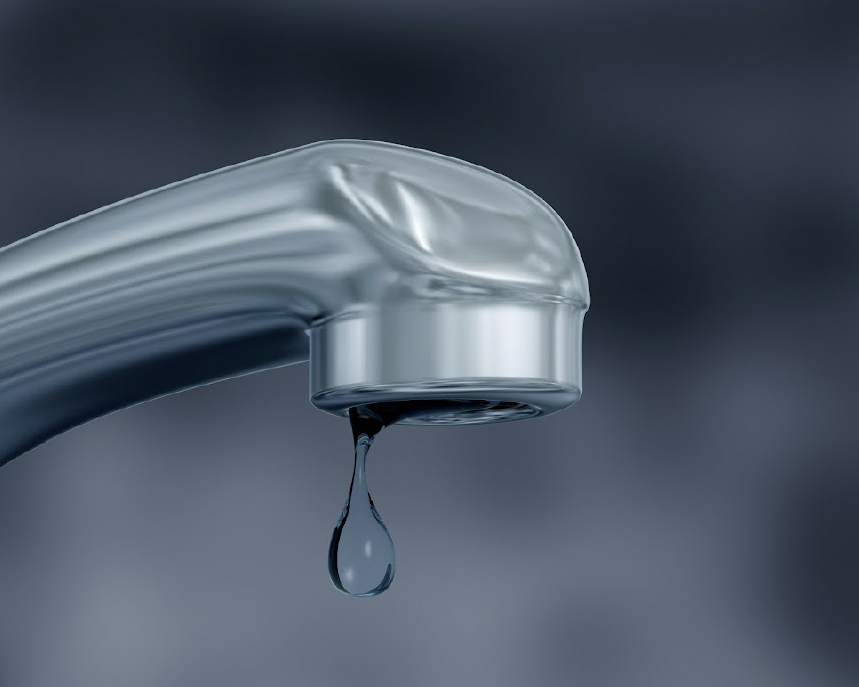Overview To Water Leak Detection In Your Home
Overview To Water Leak Detection In Your Home
Blog Article
The content following next on the subject of Detecting hidden plumbing leaks is fairly compelling. You should investigate for yourself.

Early detection of leaking water lines can reduce a prospective catastrophe. In addition to conserving you cash, it will lessen the stress as well as frustration. The moment you find a leakage, calling your plumber for repair work is the most effective remedy. Some tiny water leaks may not be visible. Below are some hacks that aid if you can not identify it with your nude eyes.
1. Examine the Water Meter
Every house has a water meter. Checking it is a proven way that aids you find leaks. For starters, turn off all the water sources. Make certain no person will certainly flush, make use of the tap, shower, run the washing device or dish washer. From there, most likely to the meter and also watch if it will change. Because no one is using it, there ought to be no motions. If it relocates, that indicates a fast-moving leak. Also, if you find no changes, wait a hr or two as well as examine back again. This means you might have a slow leakage that might even be underground.
2. Inspect Water Usage
If you detect unexpected modifications, regardless of your consumption being the same, it implies that you have leakages in your plumbing system. An abrupt spike in your costs indicates a fast-moving leakage.
Meanwhile, a stable increase on a monthly basis, even with the same habits, reveals you have a sluggish leak that's also slowly escalating. Call a plumber to thoroughly examine your home, specifically if you feel a cozy location on your flooring with piping underneath.
3. Do a Food Coloring Examination
30% comes from commodes when it comes to water consumption. Test to see if they are running properly. Decrease flecks of food shade in the storage tank and also wait 10 minutes. There's a leak in between the tank as well as dish if the color in some way infiltrates your dish during that time without flushing.
4. Asses Exterior Lines
Don't forget to check your exterior water lines as well. Should water leak out of the connection, you have a loose rubber gasket. One little leakage can throw away loads of water as well as surge your water expense.
5. Analyze the circumstance and check
Property owners need to make it a habit to check under the sink counters as well as also inside cabinets for any bad odor or mold development. These two red flags show a leakage so prompt focus is called for. Doing regular examinations, also bi-annually, can conserve you from a significant issue.
Check for discolorations and compromising as many pipelines and home appliances have a life expectations. If you think dripping water lines in your plumbing system, don't wait for it to escalate.
Early discovery of dripping water lines can mitigate a possible catastrophe. Some tiny water leaks may not be visible. Examining it is a surefire method that helps you uncover leaks. One tiny leak can waste tons of water and also surge your water bill.
If you suspect leaking water lines in your plumbing system, do not wait for it to escalate.
WARNING SIGNS OF WATER LEAKAGE BEHIND THE WALL
PERSISTENT MUSTY ODORS
As water slowly drips from a leaky pipe inside the wall, flooring and sheetrock stay damp and develop an odor similar to wet cardboard. It generates a musty smell that can help you find hidden leaks.
MOLD IN UNUSUAL AREAS
Mold usually grows in wet areas like kitchens, baths and laundry rooms. If you spot the stuff on walls or baseboards in other rooms of the house, it’s a good indicator of undetected water leaks.
STAINS THAT GROW
When mold thrives around a leaky pipe, it sometimes takes hold on the inside surface of the affected wall. A growing stain on otherwise clean sheetrock is often your sign of a hidden plumbing problem.
PEELING OR BUBBLING WALLPAPER / PAINT
This clue is easy to miss in rooms that don’t get much use. When you see wallpaper separating along seams or paint bubbling or flaking off the wall, blame sheetrock that stays wet because of an undetected leak.
BUCKLED CEILINGS AND STAINED FLOORS
If ceilings or floors in bathrooms, kitchens or laundry areas develop structural problems, don’t rule out constant damp inside the walls. Wet sheetrock can affect adjacent framing, flooring and ceilings.
https://www.servicemasterbyzaba.com/blog/how-to-detect-water-leakage-in-walls/

We were guided to that editorial on Finding hidden leaks through an acquaintance on a different web page. So long as you enjoyed our post please be sure to share it. Thank you for going through it.
Report this page